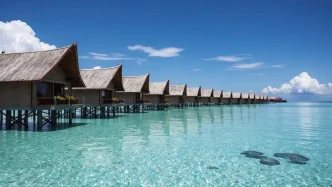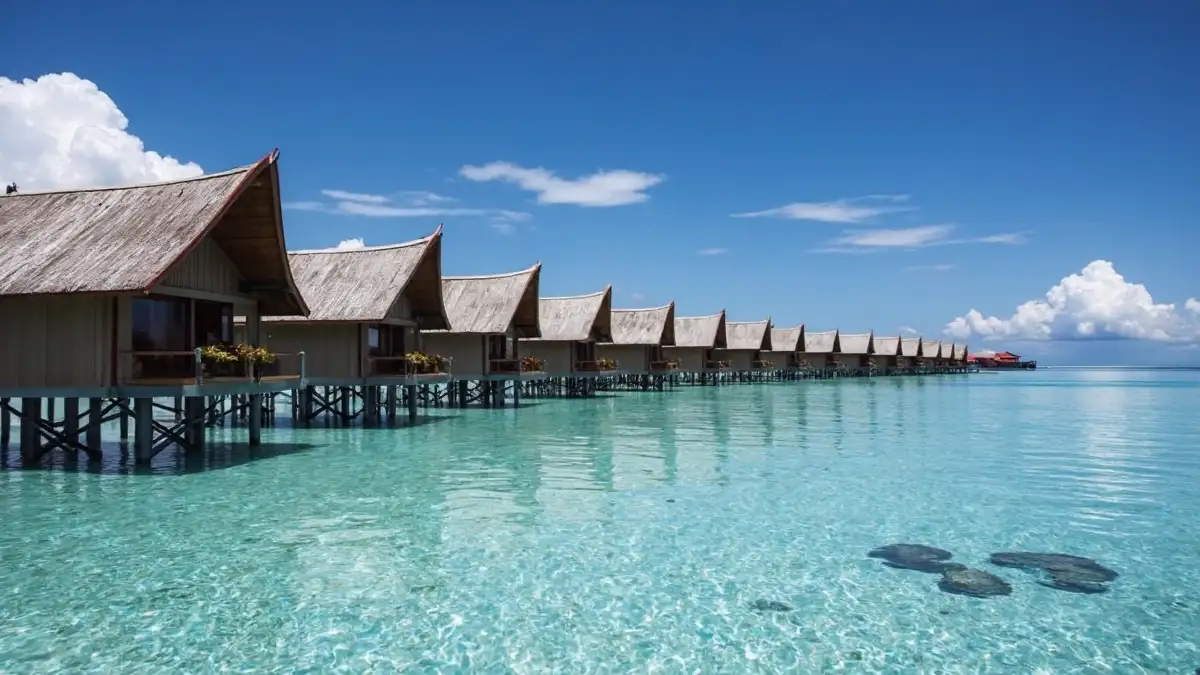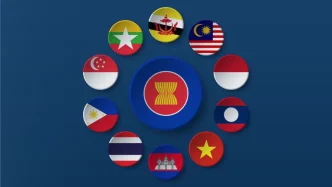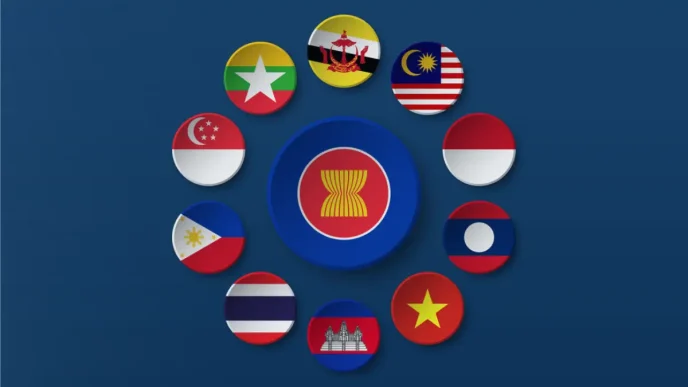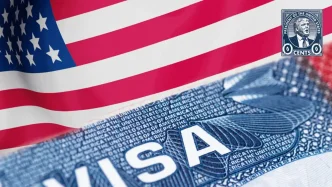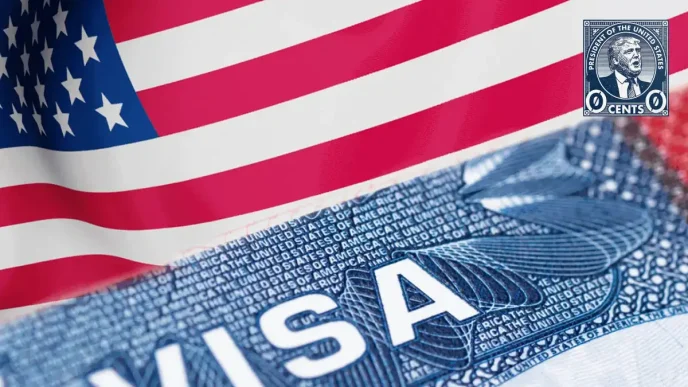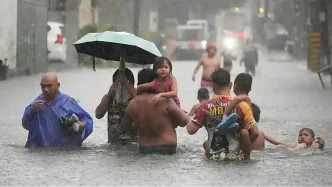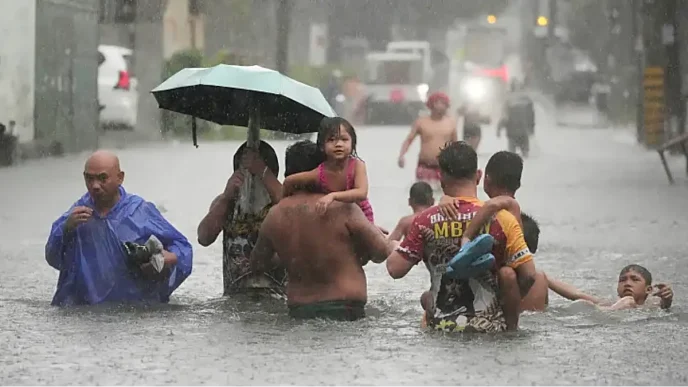“Malaysia Truly Asia.” The tourism slogan promises a land of rich cultures, unspoiled nature, and harmony between tradition and modernity. But in Semporna, a coastal district in Sabah, that image is unraveling. What lies behind the brochures and travel ads is a region facing a mounting crisis — one where environmental degradation, economic pressure, and fragile communities intersect in uneasy tension.
In the turquoise waters of Malaysia’s Semporna district, a delicate balance between environmental preservation and economic survival is under threat. Located in Sabah, on the eastern edge of Borneo, Semporna is renowned for its stunning marine biodiversity, often dubbed the “Amazon of the seas.” Yet, beneath the surface of this tropical paradise lies a growing crisis: overfishing, pollution, and unsustainable tourism practices are endangering the very ecosystems that sustain local livelihoods. As the region grapples with these challenges, efforts to turn the tide through conservation and sustainable development are gaining momentum, though significant hurdles remain.
A Marine Paradise at Risk
Semporna is home to the Sulu-Sulawesi Marine Ecoregion, a critical part of the Coral Triangle, which harbors some of the world’s richest marine biodiversity. The area’s coral reefs, seagrass beds, and mangroves support thousands of species, from vibrant reef fish to endangered sea turtles. For local communities, particularly the Bajau Laut, a seafaring ethnic group, these waters are not just a scenic backdrop but a lifeline, providing food, income, and cultural identity through fishing and small-scale tourism.
However, decades of overfishing, destructive practices like dynamite fishing, and the influx of mass tourism have taken a toll. Coral bleaching, driven by rising sea temperatures and pollution from coastal development, has degraded large swathes of reefs. Plastic waste and untreated sewage from resorts and villages further choke marine life, while unregulated diving and snorkeling activities physically damage fragile ecosystems. According to local environmental groups, supported by reports from regional outlets, up to 40% of Semporna’s coral cover has been lost over the past two decades, a statistic that underscores the urgency of intervention.
The economic implications are stark. Fishing, a primary livelihood for many in Semporna, is becoming less viable as fish stocks dwindle. Tourism, while a potential economic boon, often prioritizes short-term profits over long-term sustainability, with overcrowding at popular dive sites like Sipadan Island exacerbating environmental strain. For a district where poverty rates remain high, the loss of natural resources threatens to deepen economic hardship.
Conservation Efforts: A Glimmer of Hope
Amid these challenges, conservation initiatives are emerging as a potential lifeline for Semporna’s marine ecosystems. The Malaysian government, in partnership with international organizations and local NGOs, has implemented measures to protect key areas. The Tun Sakaran Marine Park, established in 2004, spans over 340 square kilometers and includes eight islands, serving as a sanctuary for marine life. Restrictions on fishing and tourism activities within the park aim to allow ecosystems to recover, though enforcement remains inconsistent due to limited resources and local resistance.
Community-led efforts are also gaining traction. Local dive operators and fishermen have begun collaborating with conservation groups to promote sustainable practices, such as adopting catch limits and establishing no-take zones. Educational programs targeting both residents and tourists highlight the importance of preserving marine habitats, while initiatives to reduce plastic waste—such as beach clean-ups and bans on single-use plastics in some areas—address pollution at its source.
One notable project involves the restoration of coral reefs through artificial structures and transplantation techniques. Supported by organizations like Reef Check Malaysia, these efforts have shown early success in regenerating damaged areas, though scaling up remains a challenge due to funding constraints. Additionally, eco-tourism models that prioritize low-impact activities and direct economic benefits to local communities are being piloted, offering an alternative to the mass tourism that has strained Semporna’s resources.
Economic Pressures and the Path to Sustainability
While conservation is critical, it must be balanced with the economic needs of Semporna’s residents. Many locals depend on fishing and tourism for their livelihoods, and restrictions on these activities, though necessary for long-term preservation, can provoke backlash if alternative income sources are not provided. The Malaysian government has introduced programs to support affected communities, including training for sustainable aquaculture and incentives for transitioning to eco-friendly tourism ventures. However, the rollout of these initiatives has been uneven, with some villagers reporting insufficient access to resources or information.
Tourism, if managed responsibly, could be a cornerstone of Semporna’s economic future. The district’s natural beauty and cultural richness—embodied by the Bajau Laut’s unique way of life—draw visitors from around the globe. Yet, without stricter regulations on tourist numbers, waste management, and coastal development, the industry risks undermining the very attractions it relies on. Regional authorities have pledged to develop a comprehensive tourism strategy, but progress has been slow, hampered by bureaucratic delays and competing interests between developers and conservationists.
International support offers another avenue for progress. Semporna’s marine ecosystems are part of broader regional and global conservation priorities, with organizations like the World Wide Fund for Nature (WWF) and the Coral Triangle Initiative providing expertise and funding. These partnerships have helped establish marine protected areas and promote cross-border cooperation with neighboring countries like Indonesia and the Philippines, which share the Coral Triangle’s resources. However, sustained commitment from all stakeholders—governments, businesses, and communities—is essential to ensure these efforts yield lasting results.
Cultural Dimensions and Community Voices
At the heart of Semporna’s story are its people, whose lives are intricately tied to the sea. The Bajau Laut, often referred to as “sea nomads” have lived on and around these waters for generations, relying on traditional fishing methods and a deep knowledge of marine environments. Their cultural heritage, from stilt-house villages to intricate boat-building techniques, adds a unique dimension to Semporna’s identity, yet they are among the most vulnerable to environmental and economic shifts.
Many Bajau Laut face statelessness, lacking formal citizenship or access to government services, which compounds their marginalization. Efforts to integrate them into conservation and development plans must prioritize their rights and traditions, ensuring they are not displaced or sidelined by policies designed without their input. Community engagement, though challenging, is a cornerstone of sustainable progress, as local buy-in is critical to the success of any initiative.
Broader Implications for Malaysia and Beyond
Semporna’s struggles and aspirations reflect broader challenges facing Malaysia and the wider Southeast Asian region. Coastal areas across the country, from Penang to Johor, grapple with similar issues of overdevelopment, pollution, and climate change impacts. Nationally, Malaysia has committed to protecting 10% of its marine areas by 2030 under international biodiversity agreements, but achieving this target requires overcoming systemic issues like inadequate funding, weak enforcement, and competing economic priorities.
Globally, Semporna’s plight underscores the interconnectedness of environmental and economic health. The Coral Triangle, often called the “nursery of the seas” plays a vital role in global marine biodiversity, supporting fish stocks that feed millions and acting as a buffer against climate change through carbon sequestration in mangroves and seagrasses. Its degradation would have ripple effects far beyond Malaysia’s borders, highlighting the need for international cooperation and investment in conservation.
Climate change adds another layer of complexity. Rising sea levels, ocean acidification, and more frequent storms threaten Semporna’s ecosystems and communities, with small island villages particularly at risk of inundation. Adaptation measures, such as mangrove restoration and resilient infrastructure, are essential but require significant resources and long-term planning—resources that a developing district like Semporna often lacks.
Looking Ahead: A Fragile Future
As Semporna navigates the twin imperatives of environmental protection and economic development, the path forward remains uncertain. Conservation efforts and sustainable tourism hold promise, but their success hinges on robust enforcement, community involvement, and adequate funding. For now, the district stands at a crossroads, with the potential to become a model of sustainable development—or a cautionary tale of what happens when nature’s limits are ignored.
The waters of Semporna still shimmer with life, a testament to the resilience of its ecosystems and people. Whether this paradise can be preserved for future generations depends on the choices made today. As stakeholders from local fishermen to global conservationists work to turn the tide, the question lingers: can Semporna strike the balance needed to thrive without losing its soul?

